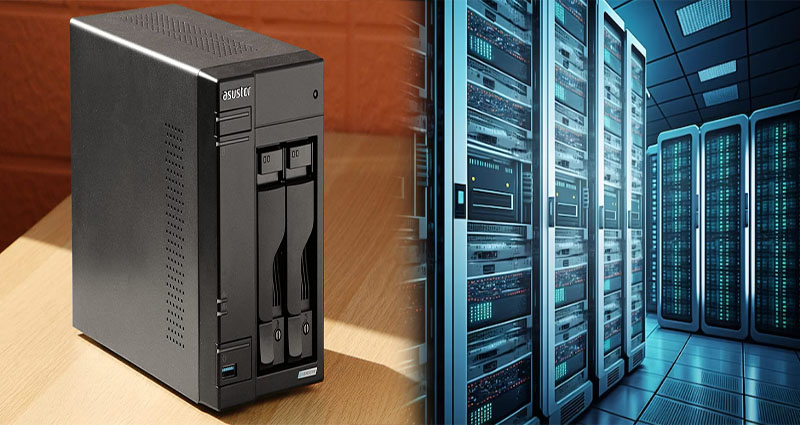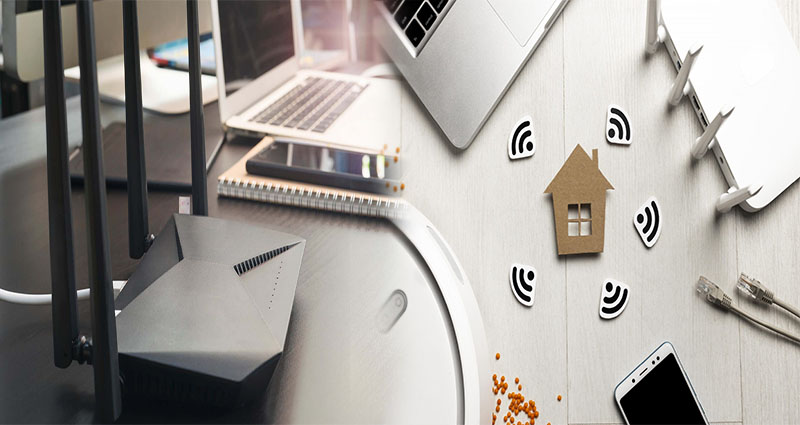Expandable Solutions to Accommodate Growing Storage Needs in Scalable NAS Storage for Home
In today’s digital age, our storage needs are constantly growing. With the increasing number of files, photos, videos, and applications, it’s essential to have a storage solution that can adapt and expand as our needs evolve. This is where expandable solutions in scalable Network Attached Storage (NAS) for home come into play.
NAS storage provides a centralized location for storing and accessing all your digital content. It allows you to create a personal cloud within your home network, making it convenient to store, share, and access files from multiple devices. Scalable NAS storage takes this concept a step further by offering expandable solutions to accommodate your growing storage needs.
Benefits of Scalable NAS Storage
Before diving into expandable solutions, let’s first explore the benefits of using scalable NAS storage for home:
- Flexibility: Scalable NAS systems offer flexibility by allowing you to start with a small storage capacity and add











